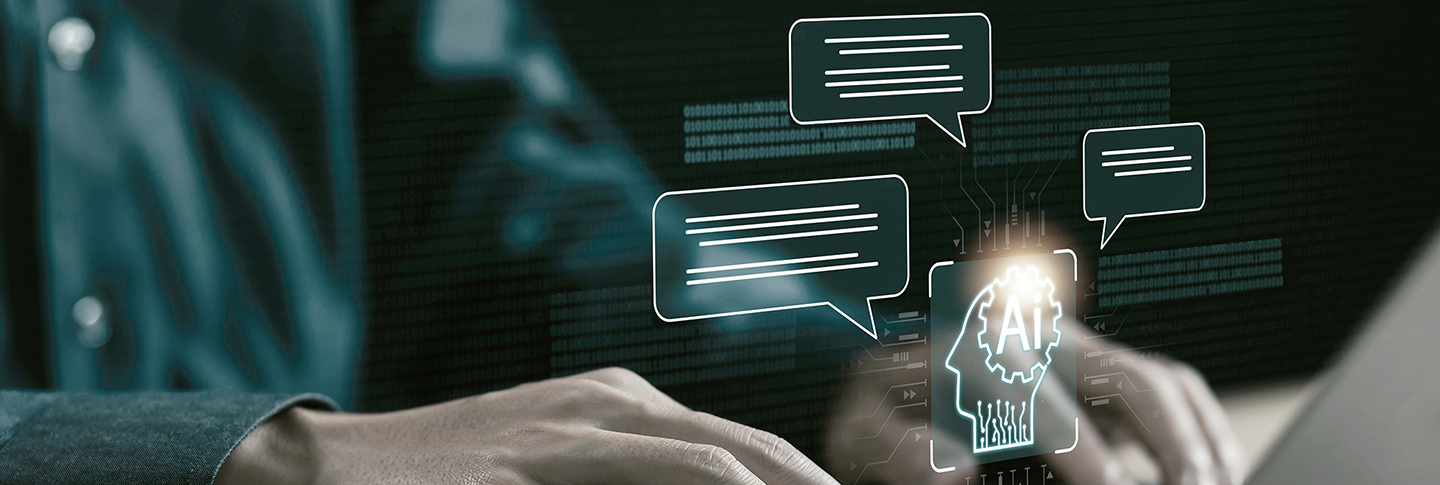Generative AI has attracted a lot of attention since its first appearance, but implementation on the company and organizational level is still in the trial and error stages. ABeam Consulting is also receiving many inquiries about generative AI implementations, but there are few confirmed cases of significant improvements in work efficiency following its introduction. Best practices are still being worked out at many companies. Under these conditions, we introduced an AI Helpdesk service for accounting work at our company and greatly improved efficiency in those operations. In this article, we will share key points for generative AI utilization and our future outlook on this technology, based on what we learned by introducing the AI Helpdesk service.
(Restructured based on the following article released in June 2025 by PKSHA Technology Inc.: “Automating 90% of Inquiries from 7,500 People with an AI Helpdesk: Achieving Customer AIBPR Through Reforms at Our Company.”)





